The lessons kids receive in the classroom can change their lives. We don’t mean the “What year was the War of 1812?” rote memorizations, but rather the classes that shape their perceptions of the world around them. Environmental education is an important component of a curriculum for a generation facing unprecedented ecological crises, but how can you make these lessons engaging?
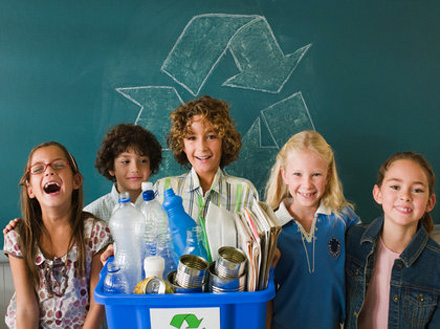
Recycling: The Big Picture
Most people have only a vague idea what happens to the contents of containers for recycling. Understanding the recycling process helps students appreciate why it’s so important to be sure waste ends up in the proper receptacle. A field trip to recycling facility helps students relate to the cycle in a way that reading in a book can’t match. Show how the contents of containers for recycling are transformed into a new product, saving money, saving resources and generating less pollution in the process.
However kids, especially teenagers, can sense sugarcoating. Tell the whole story. It may seem surprising coming from a company that sells containers for recycling, but we’ll admit there are downsides to recycling: greenhouse gases generated transporting the materials, resources used to power the plants, and more. That is why recycling should be view not as a solution but as part of a broader environmental plan.
Leaving The Recycle Bin Behind
Containers for recycling are only one of many components of a comprehensive ecological view. Lessons should include ways students can reduce waste, say by using electronic documents instead of paper ones, or reuse items rather than recycling them, for example bringing sandwiches for lunch in washable containers rather than plastic bags.
Challenge students to come up with ways outside of recycling to reduce their ecological footprint. These could include anything from watching television in the dark to reduce electrical use, to walking to a friend’s house rather than driving, to keeping their current clothes rather than buying a new wardrobe every season.
Implement Change
One of the aspects of school students find frustrating is connecting abstract lessons with real-life action. Don’t just talk about change; do it. Give students assignments to find ways to improve the world–home, school, community–for the better. Students will discover creative projects such as educating businesses about the financial benefits of offering containers for recycling to employees, reducing personal carbon footprints, or constructing a windmill to provide some of the school’s power needs.
When students apply these lessons and see the positive benefits they bring, they will remember these classes long after they’ve forgotten everything else about their school experience. It breaks through the boredom many students feel and can inspire them to seek out their own education outside of the school system. Teaching should be about inspiration, not memorization.
Image: http://www.reuseit.com/













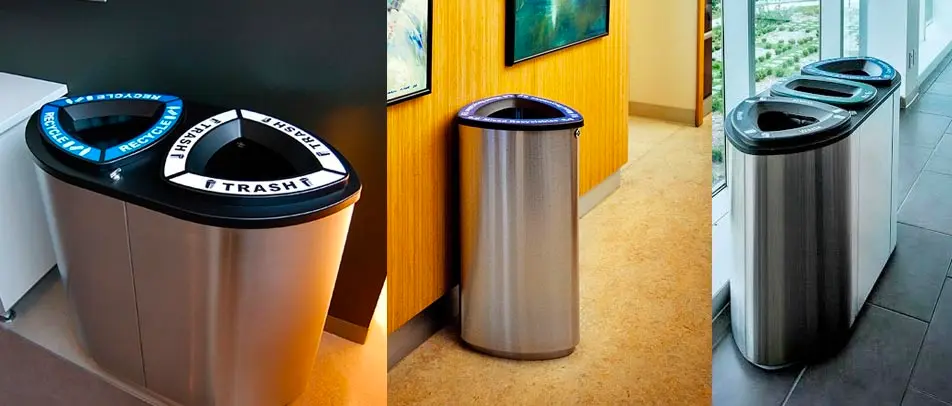
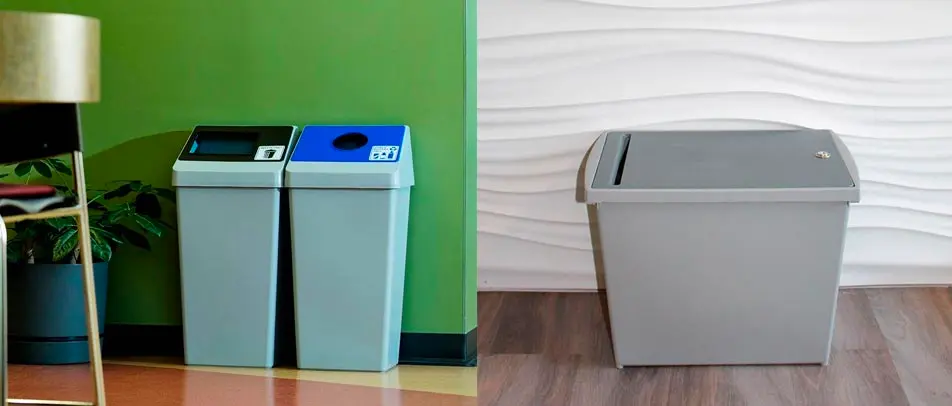


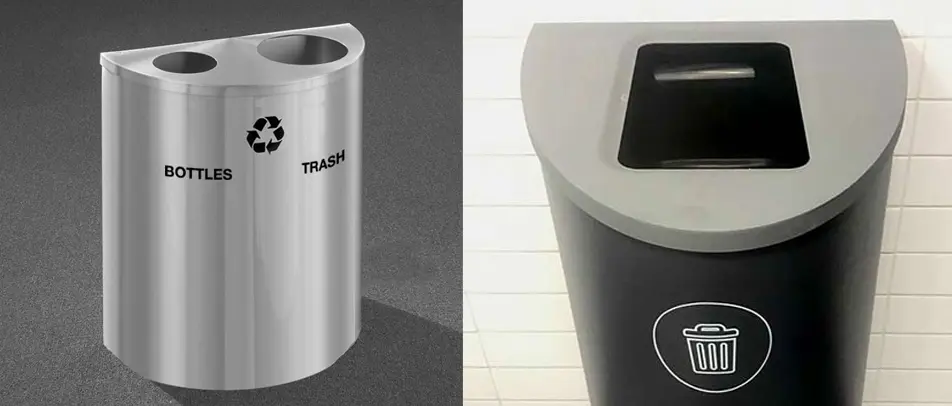


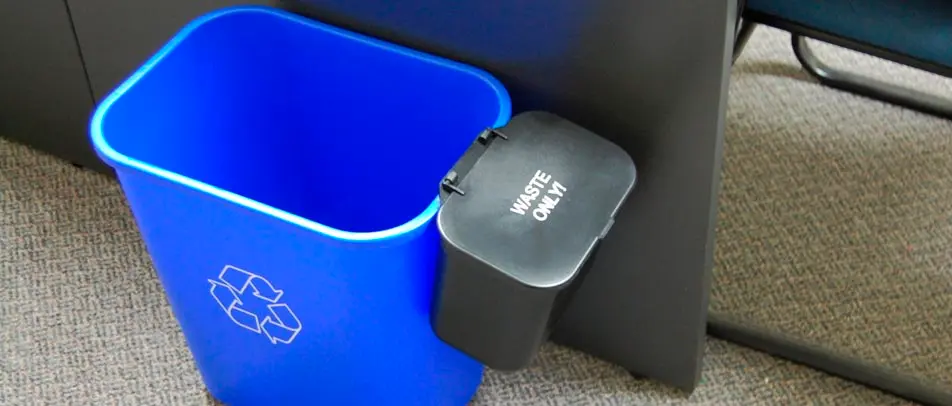
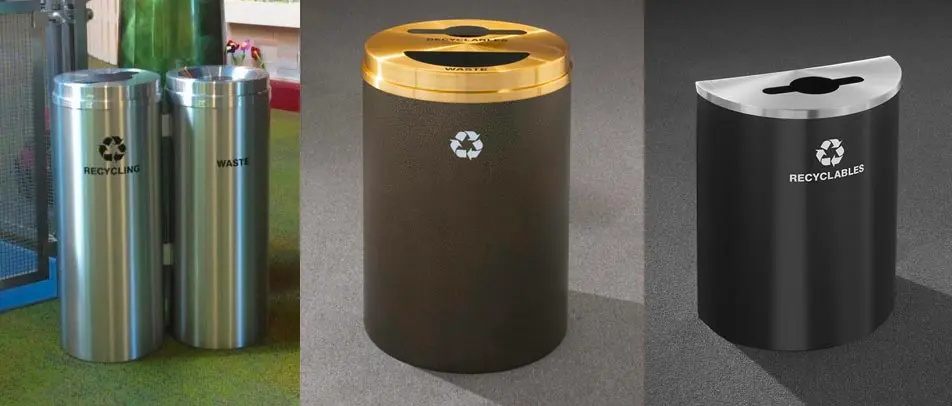
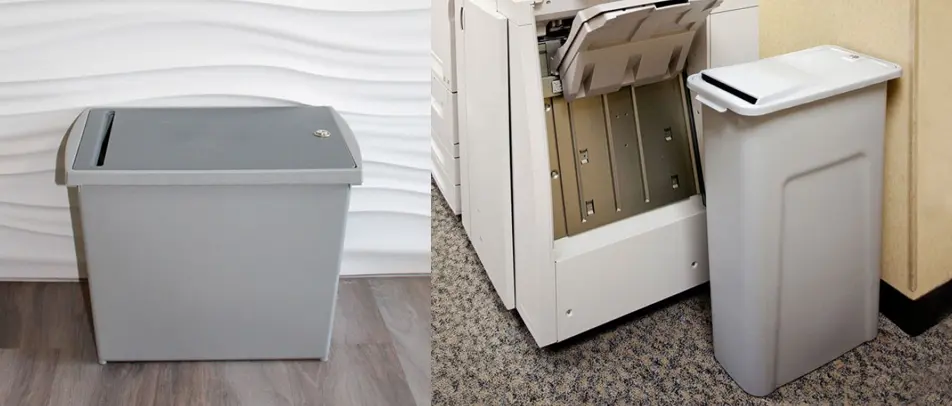

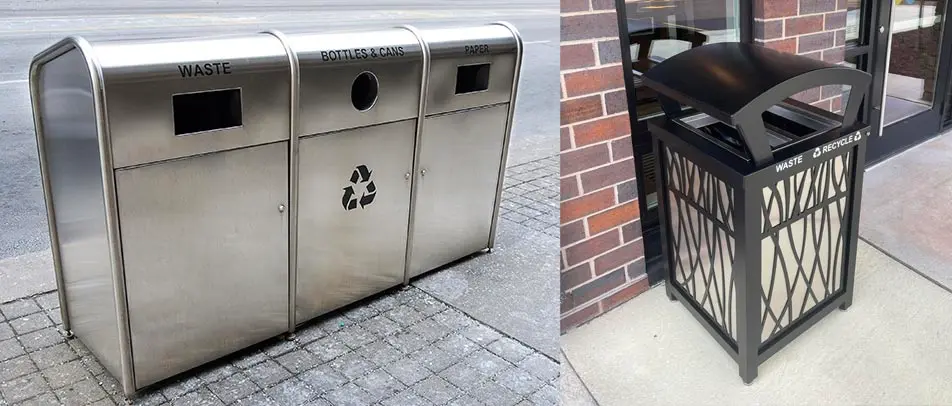



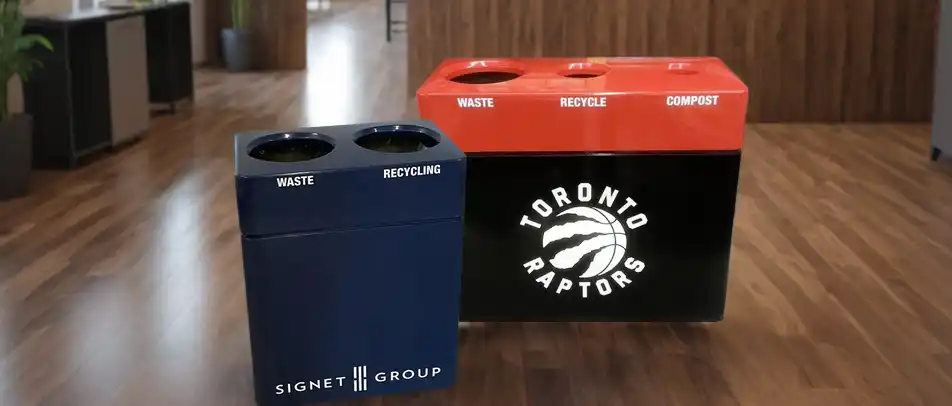



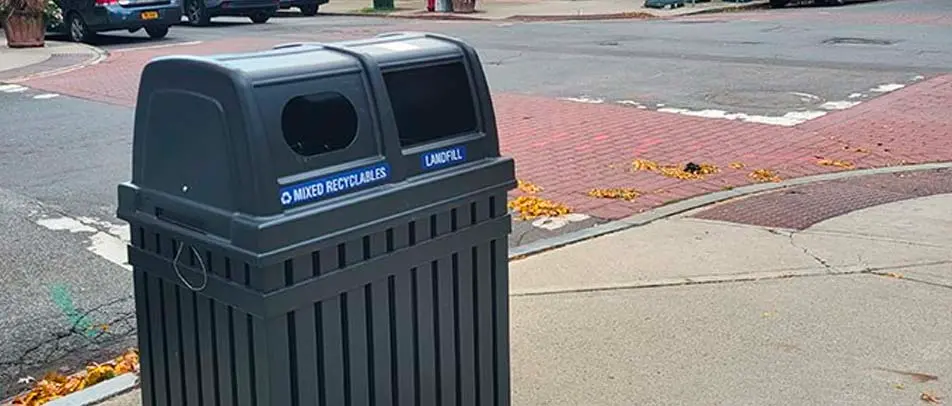
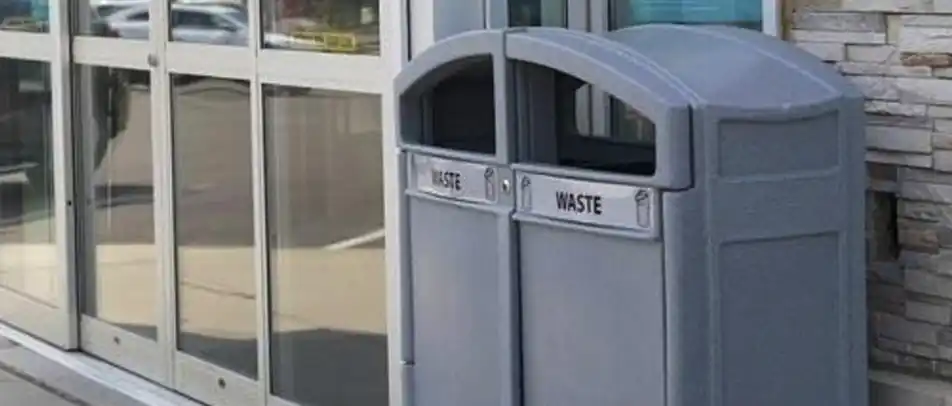
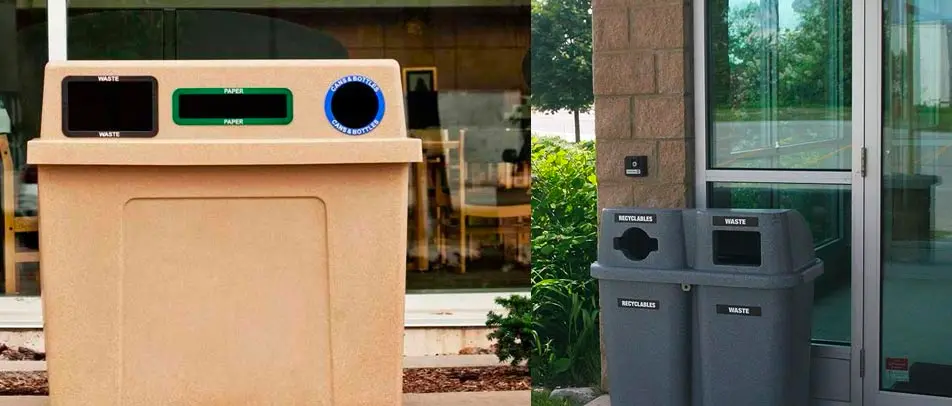
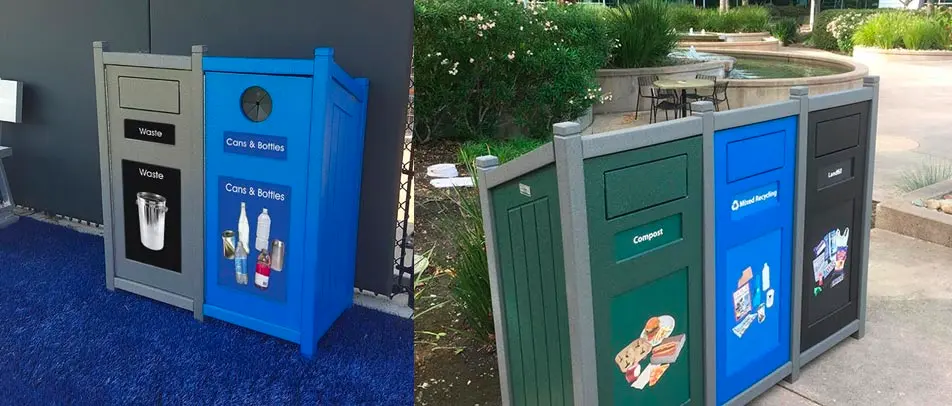
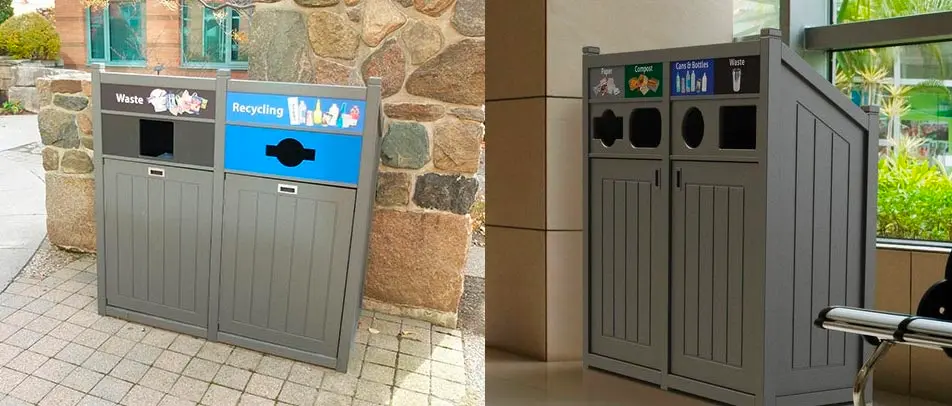

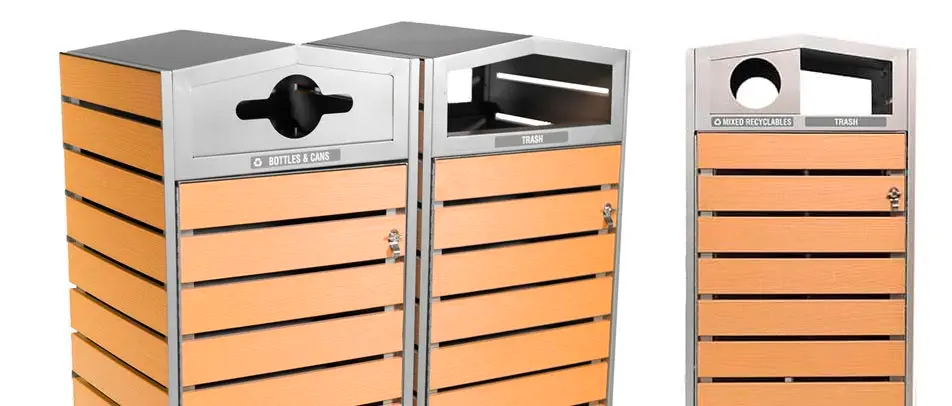

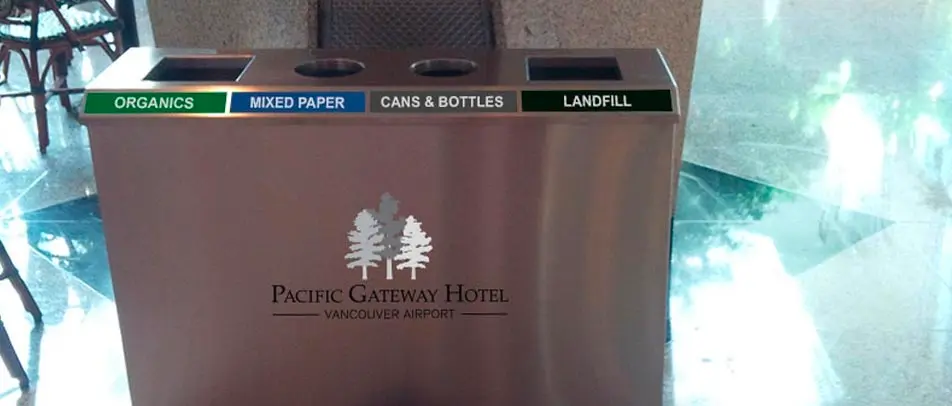

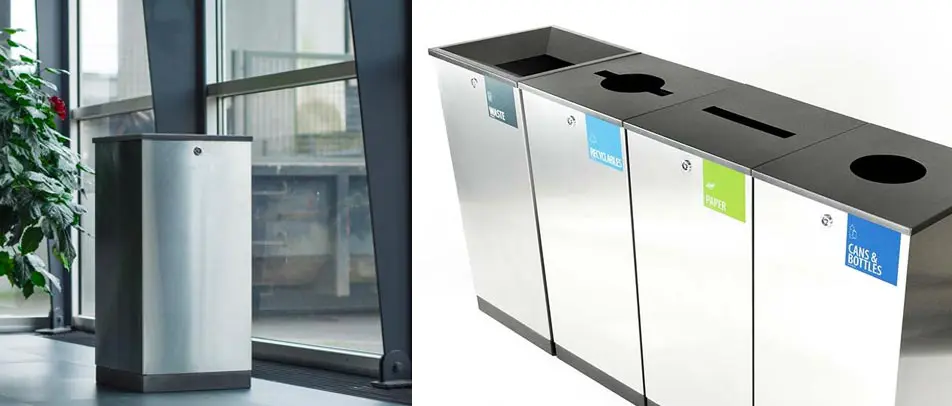
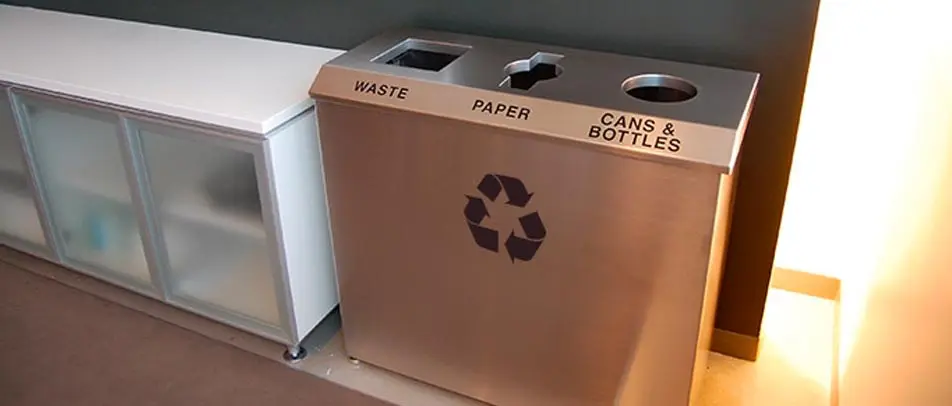
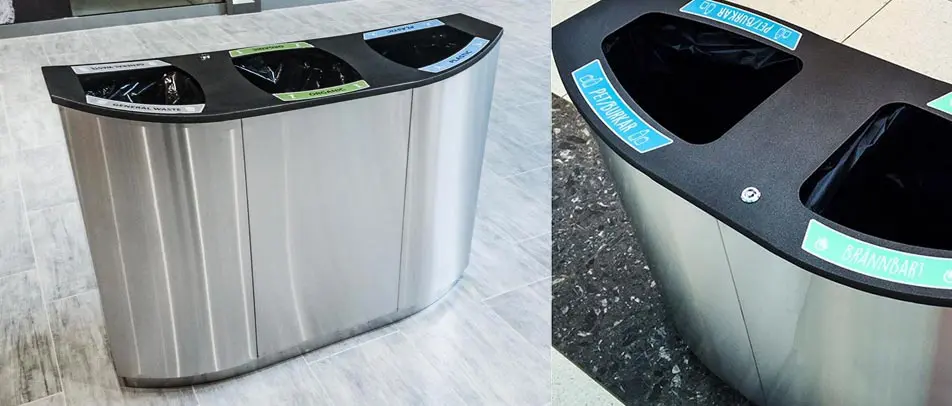

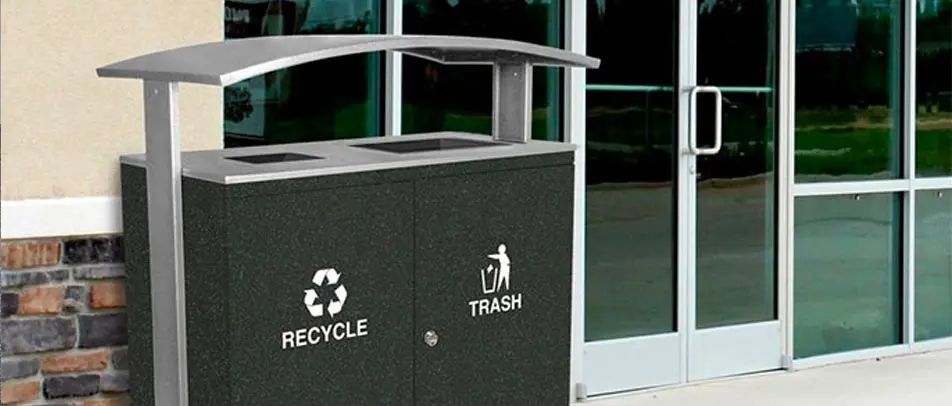
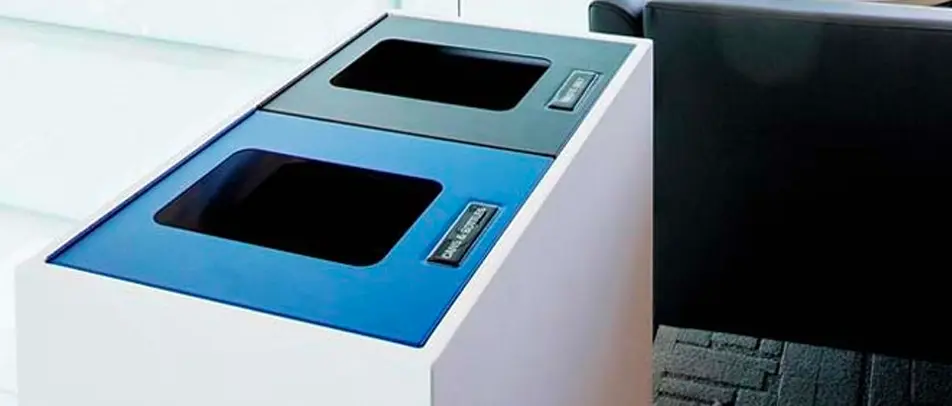
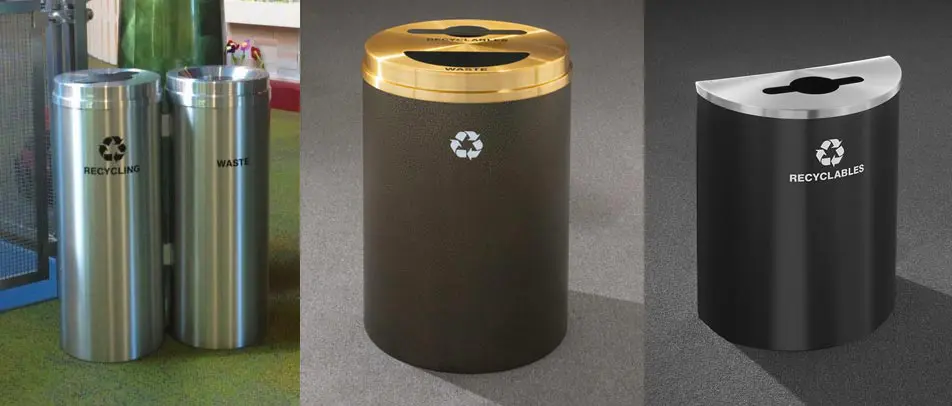

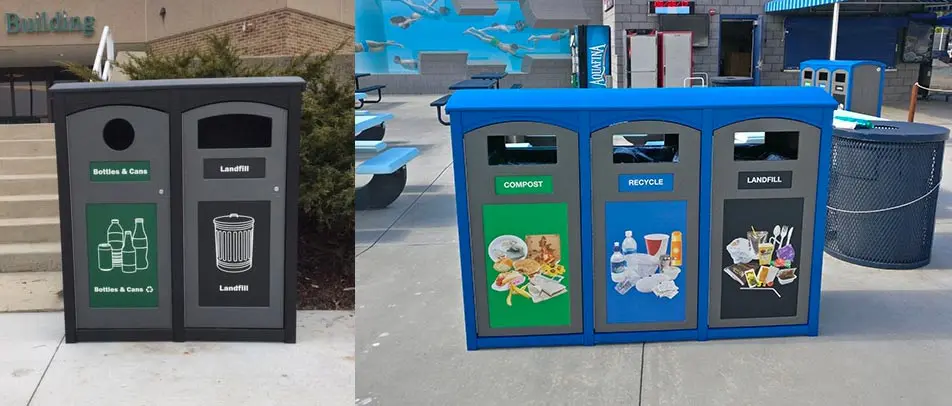
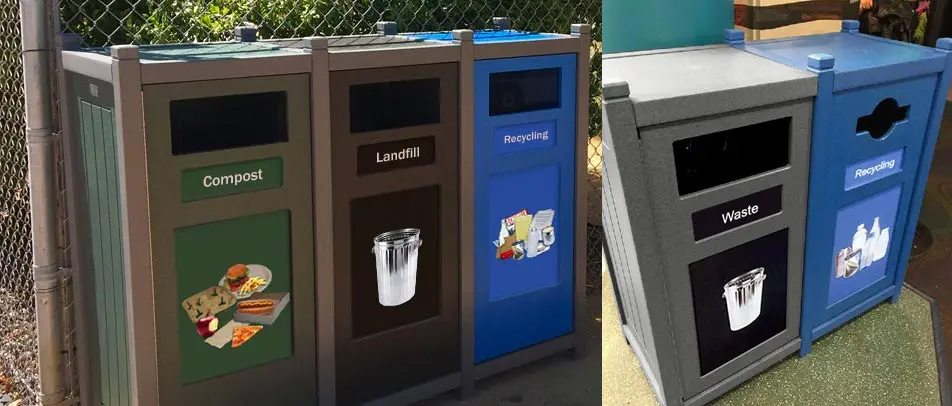
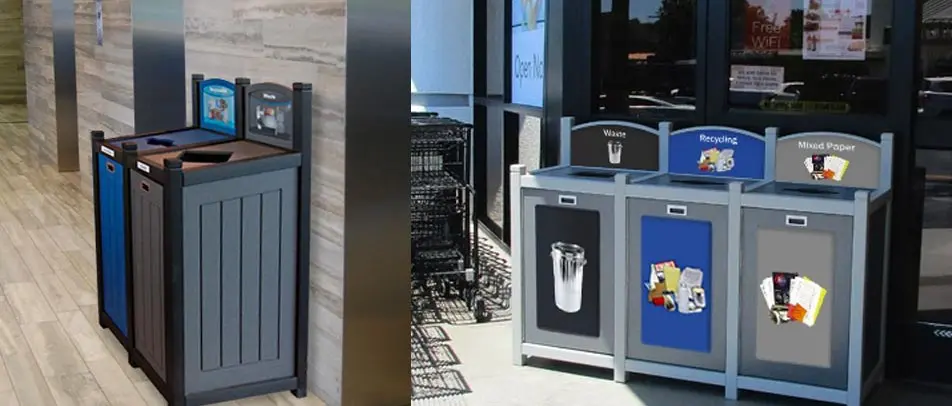


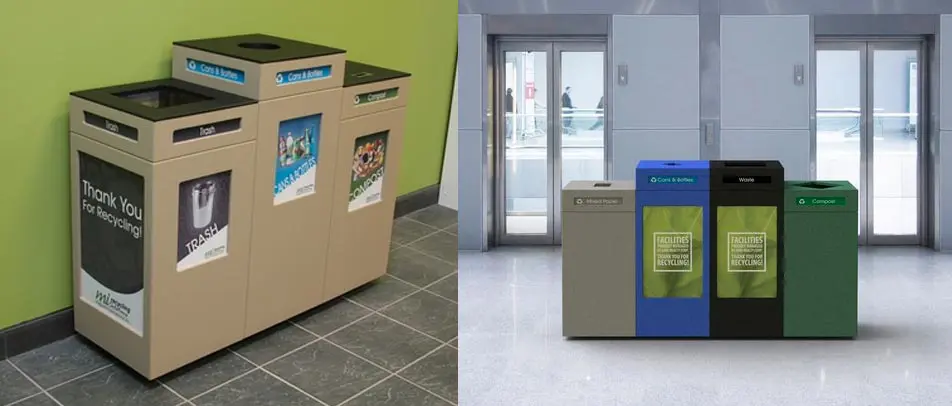
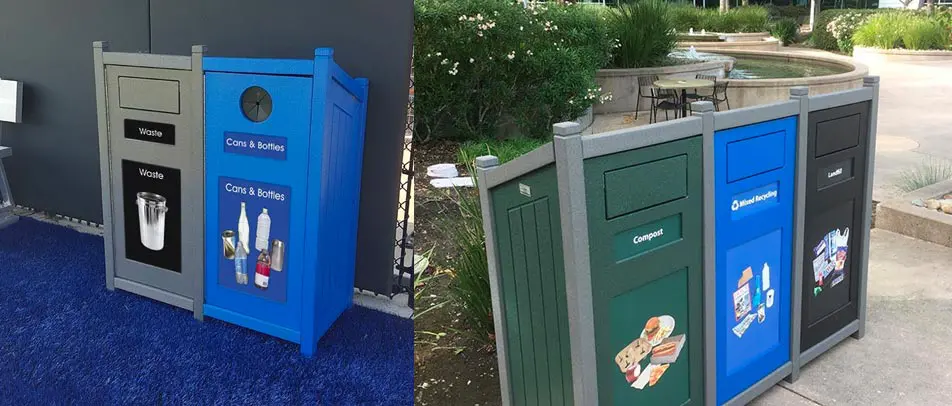
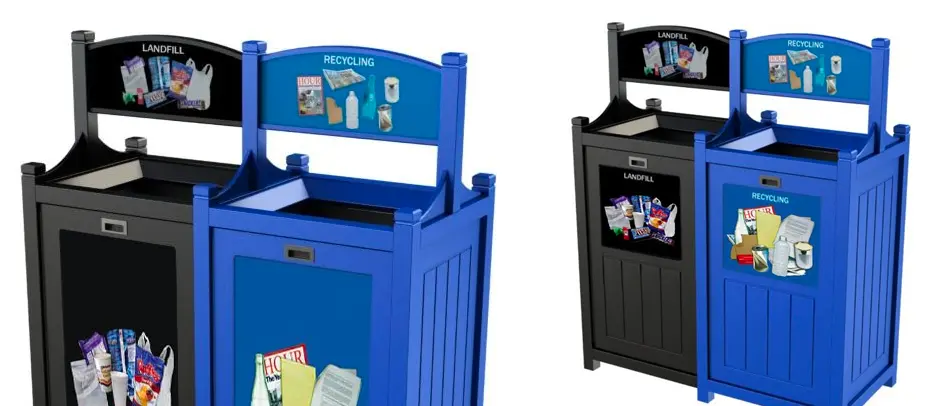


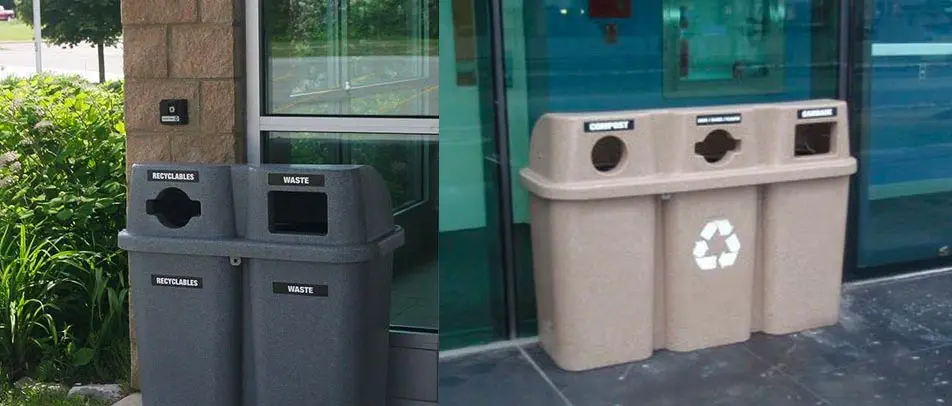
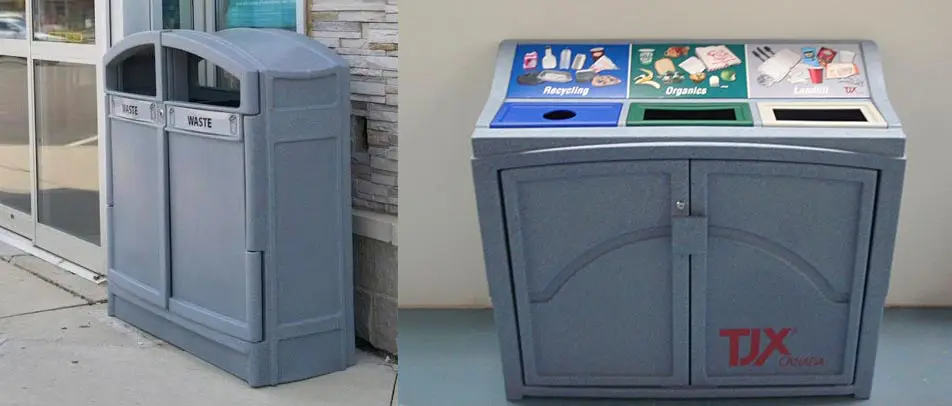
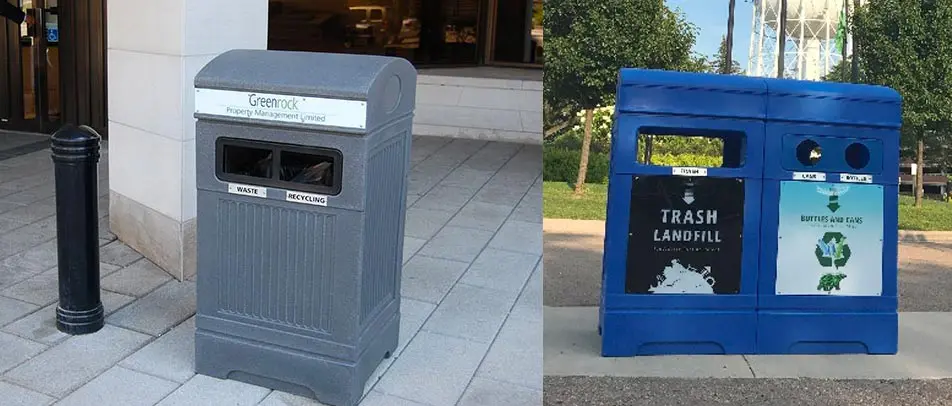
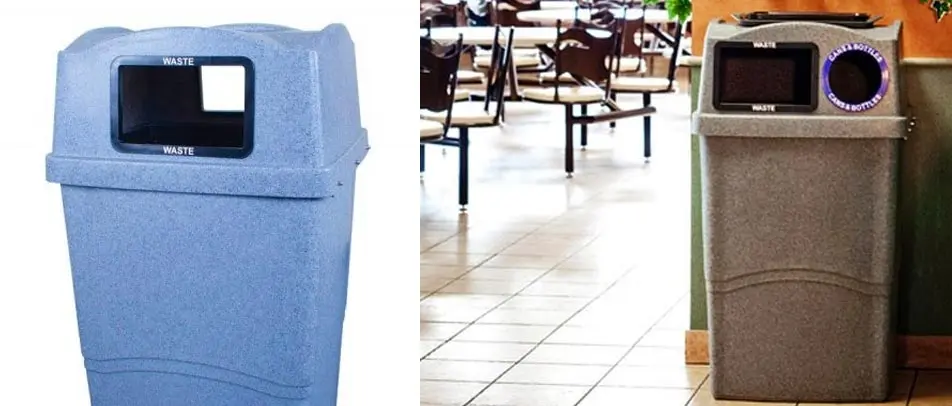
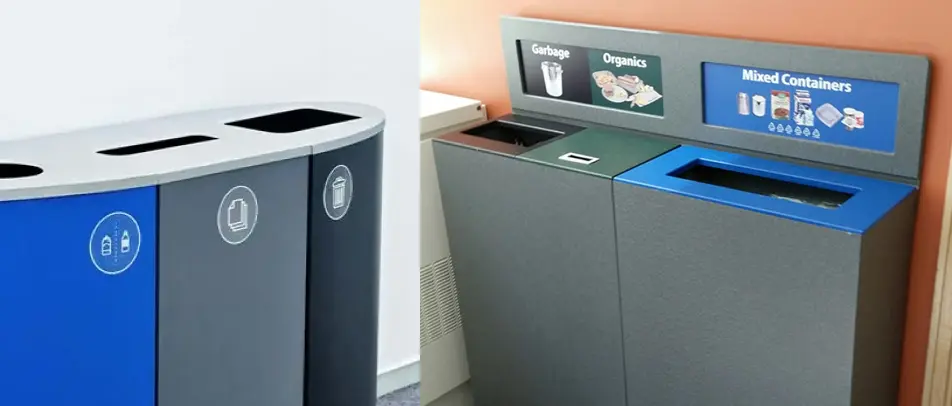
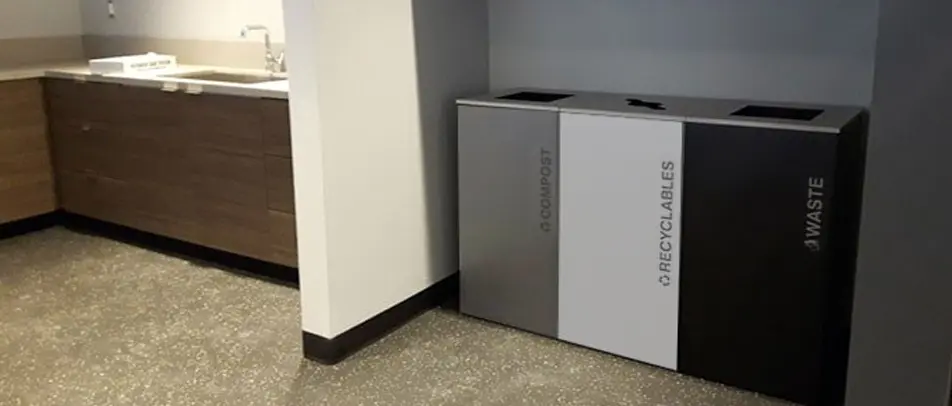
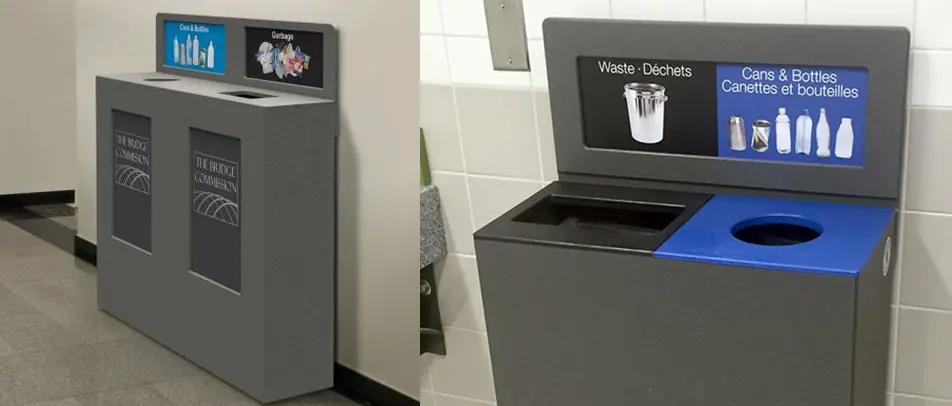
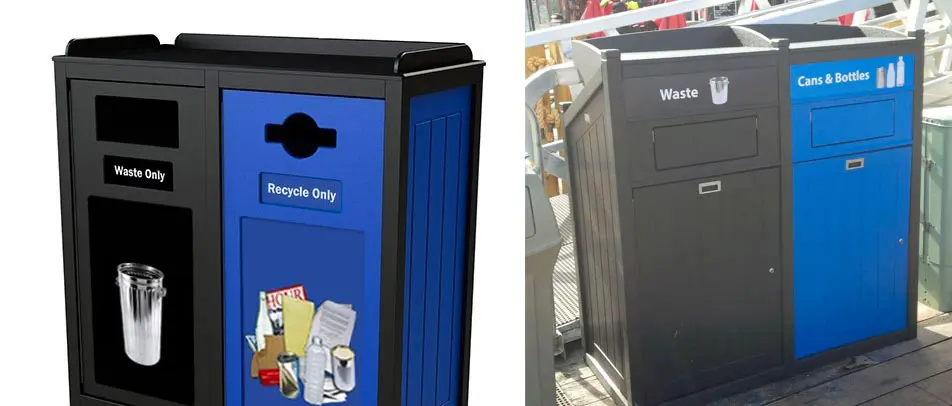
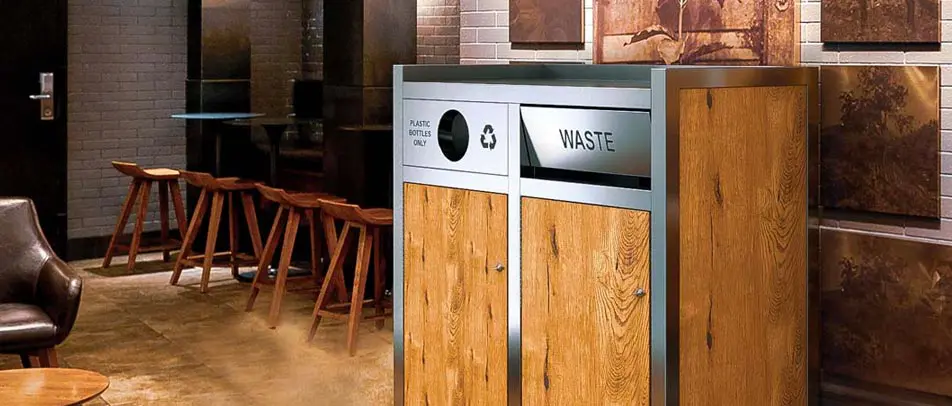




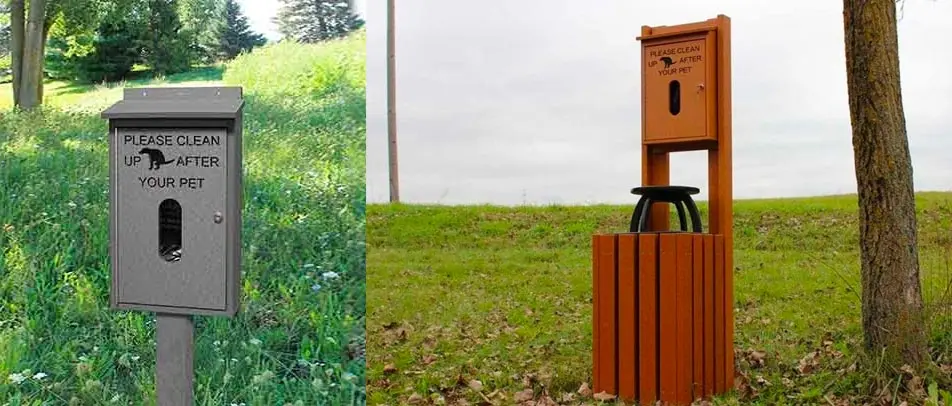

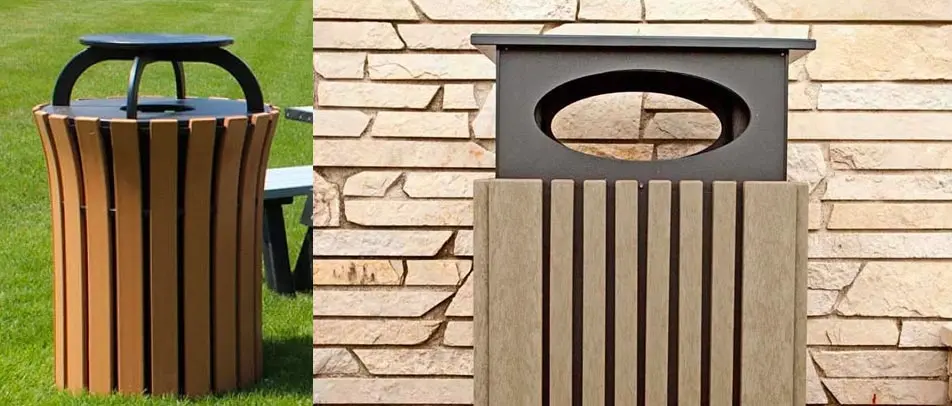
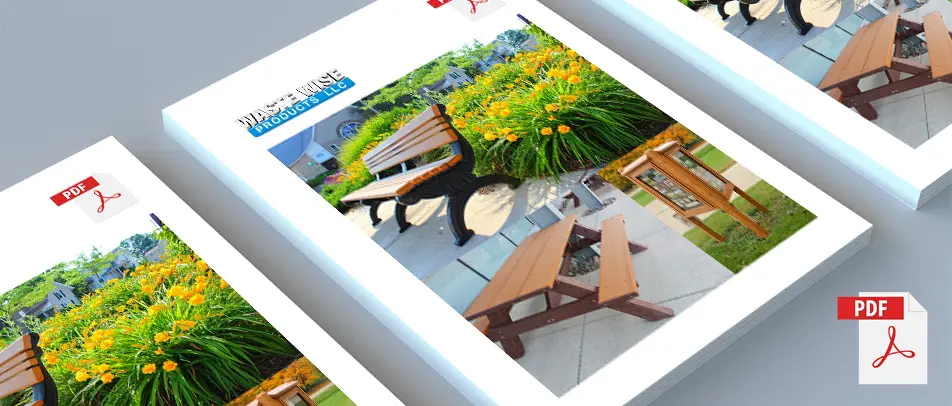

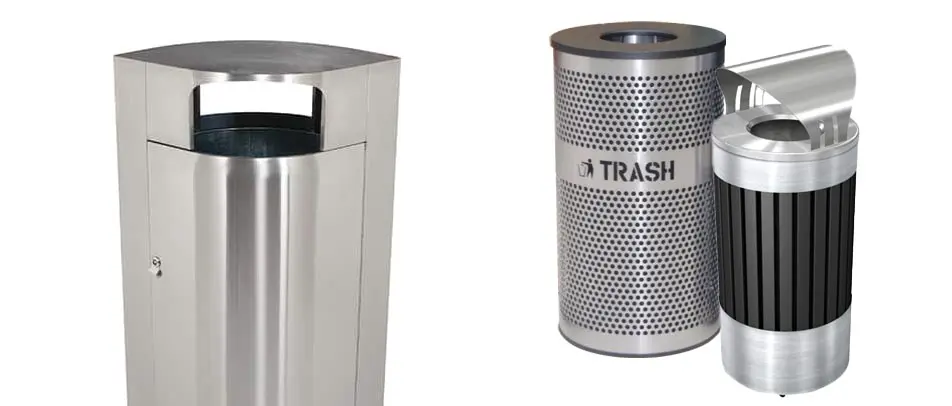

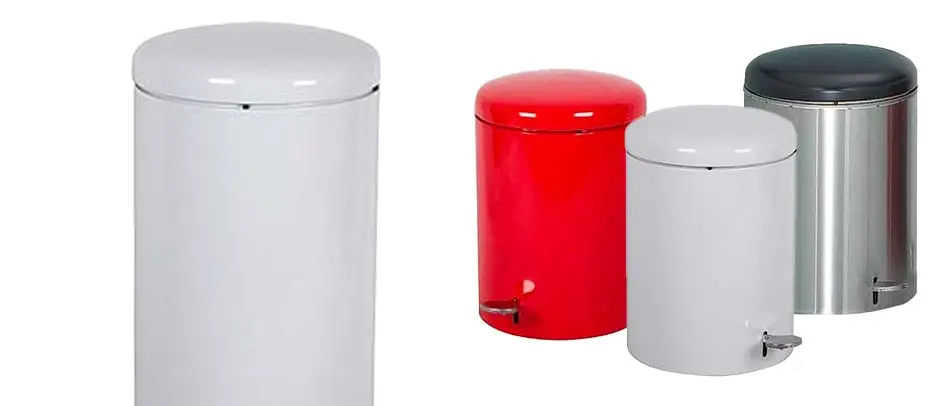





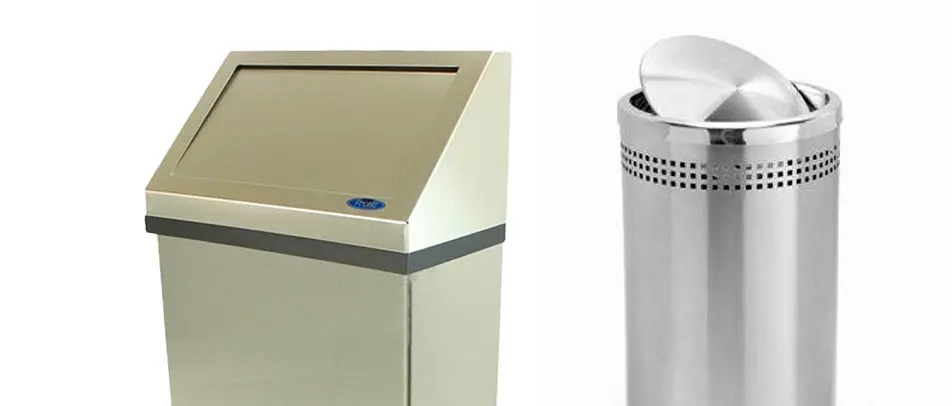

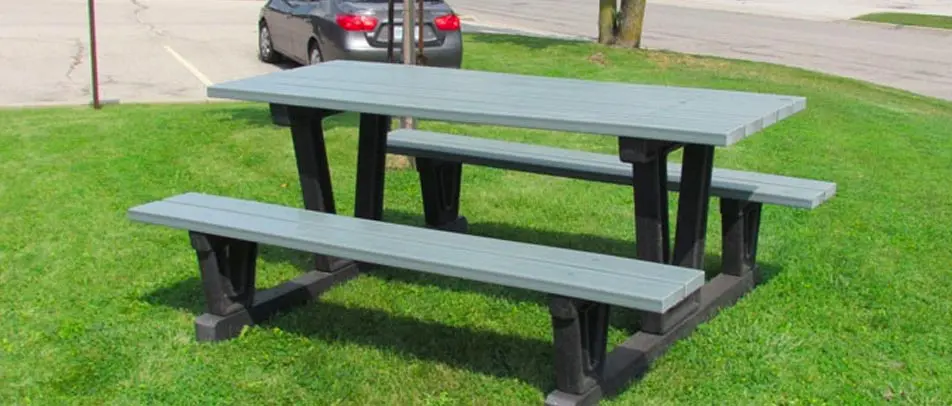





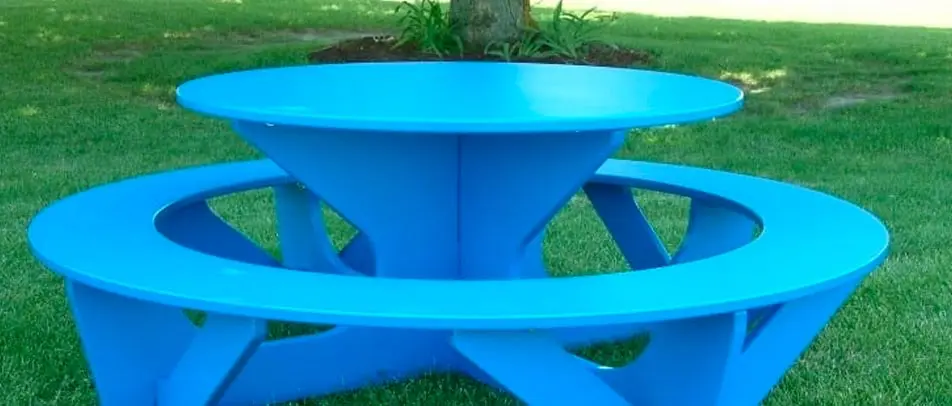
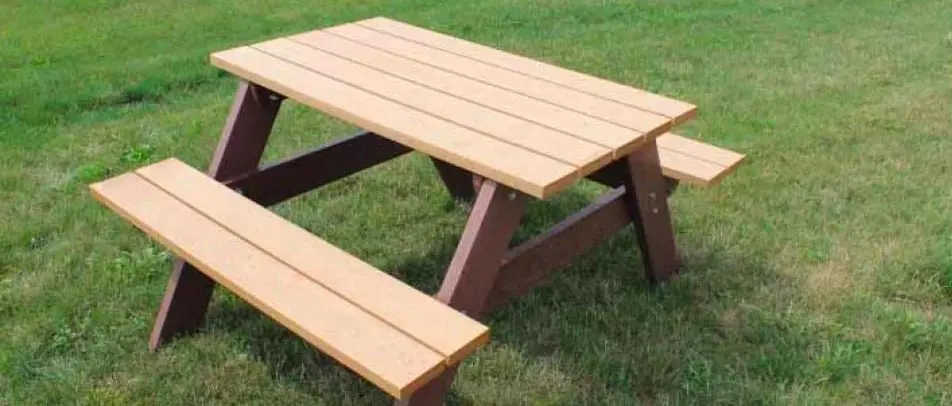
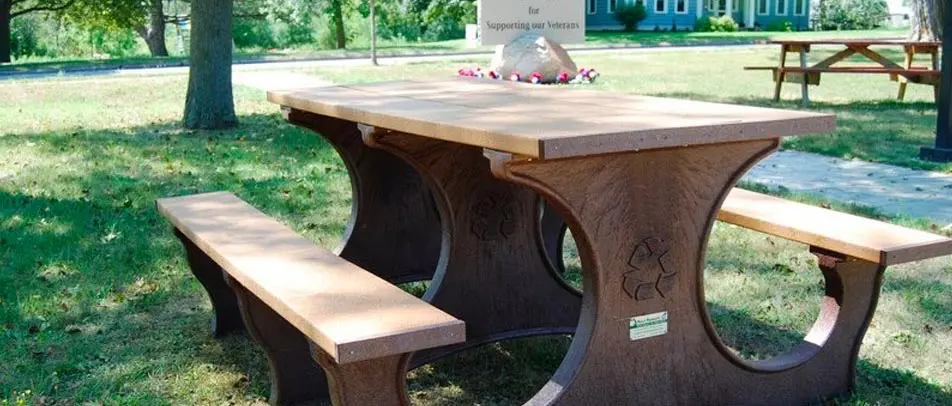
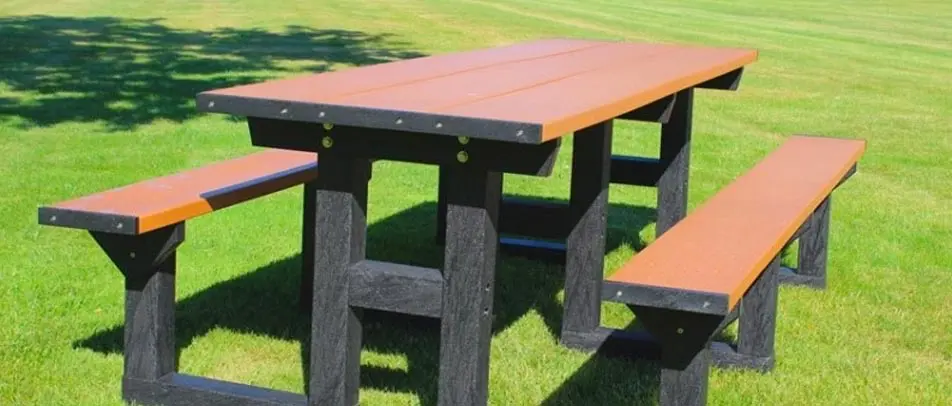

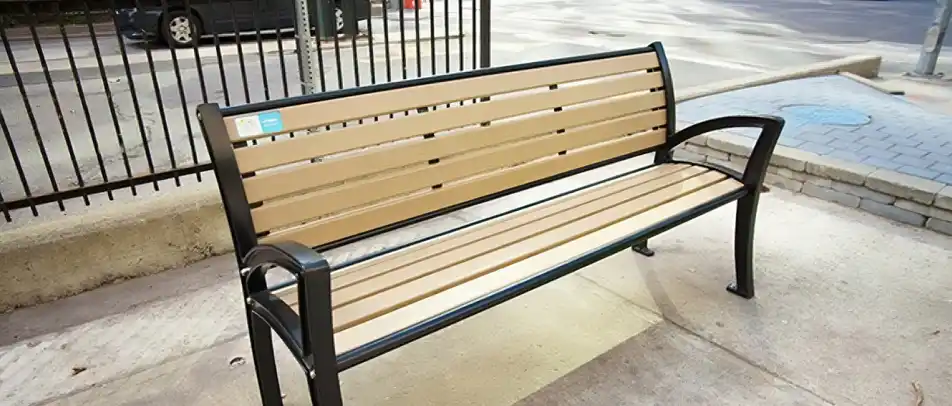


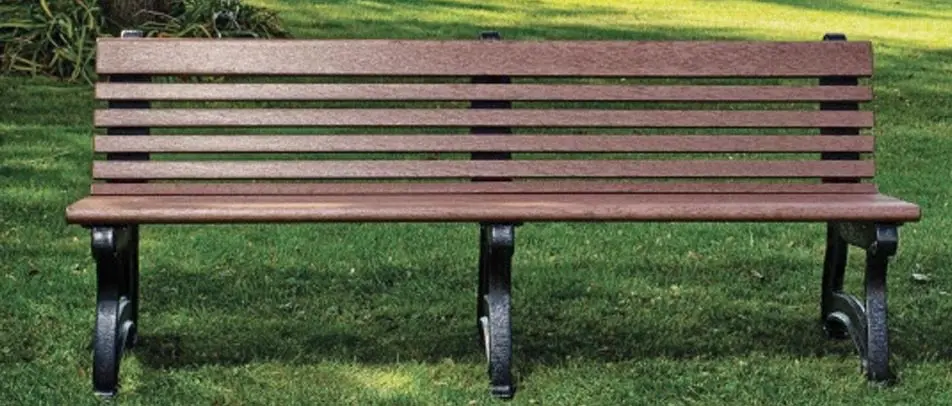
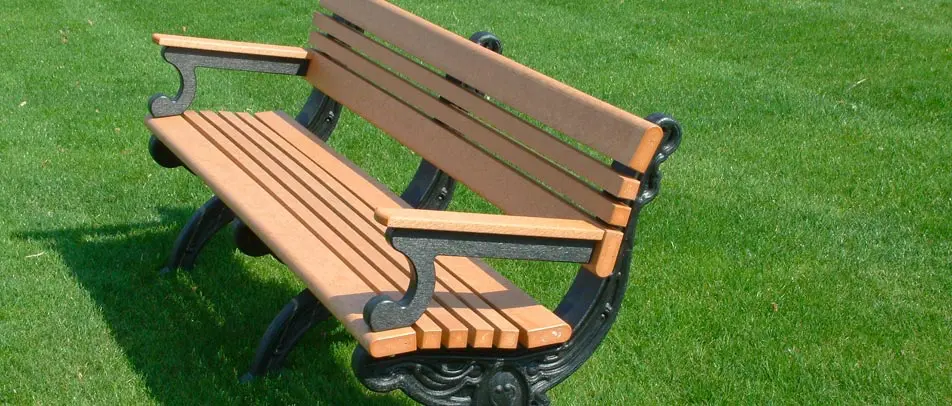
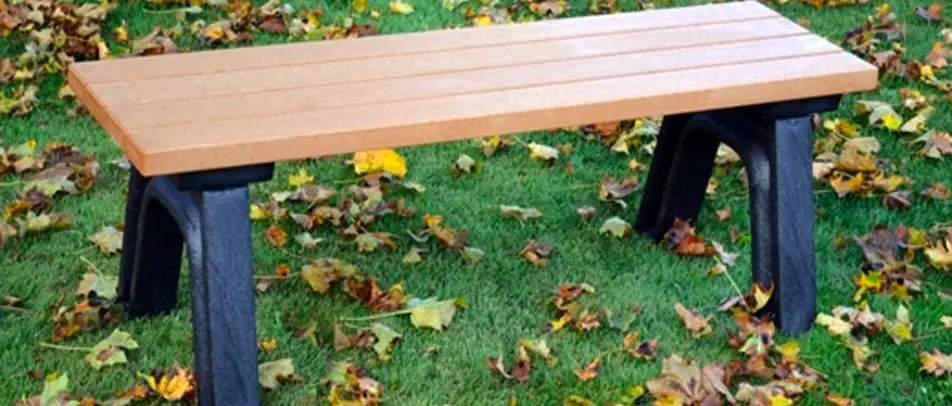
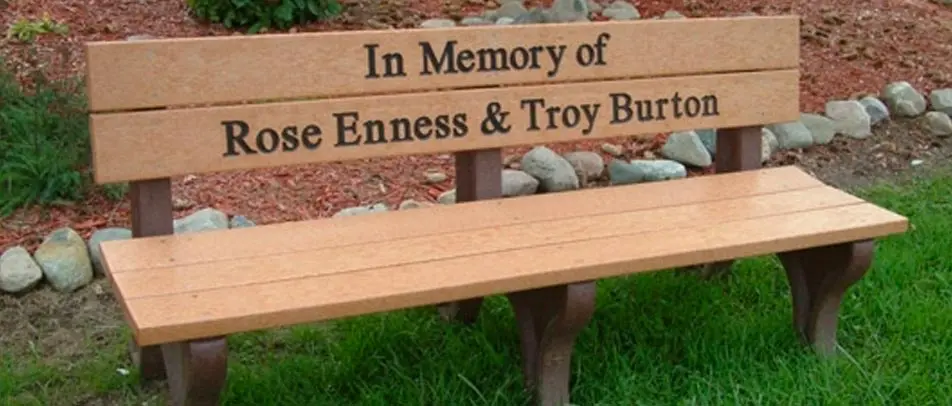



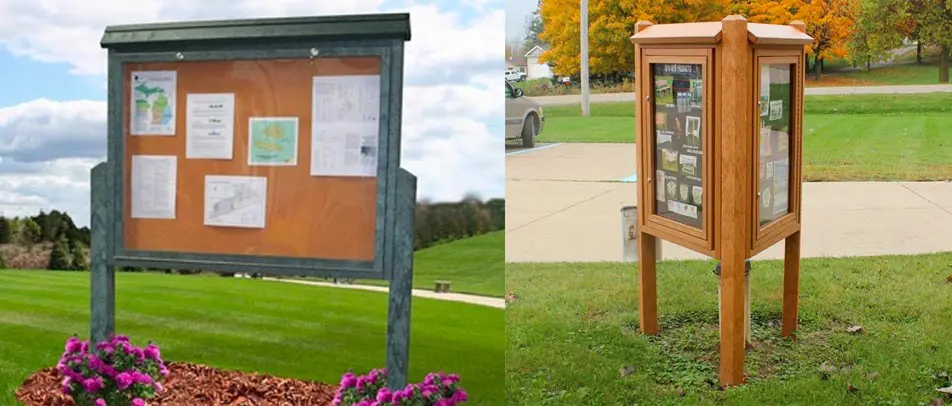
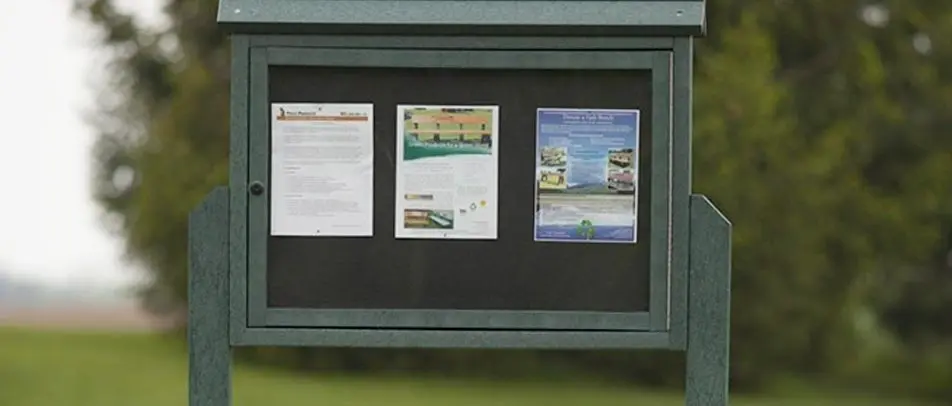
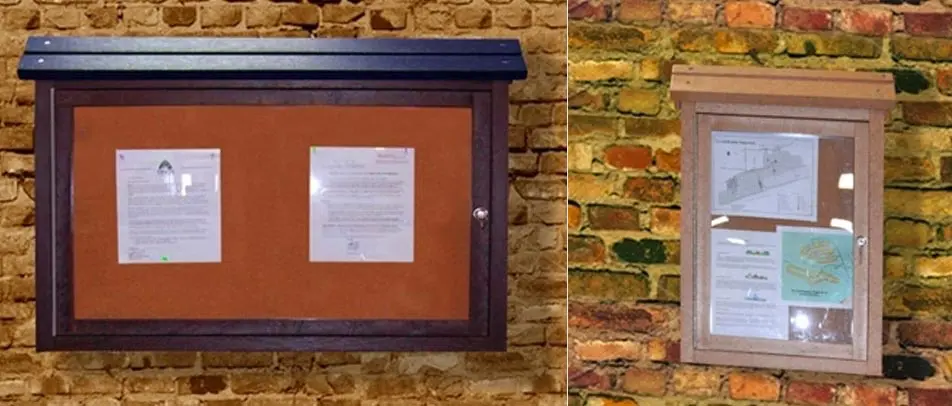


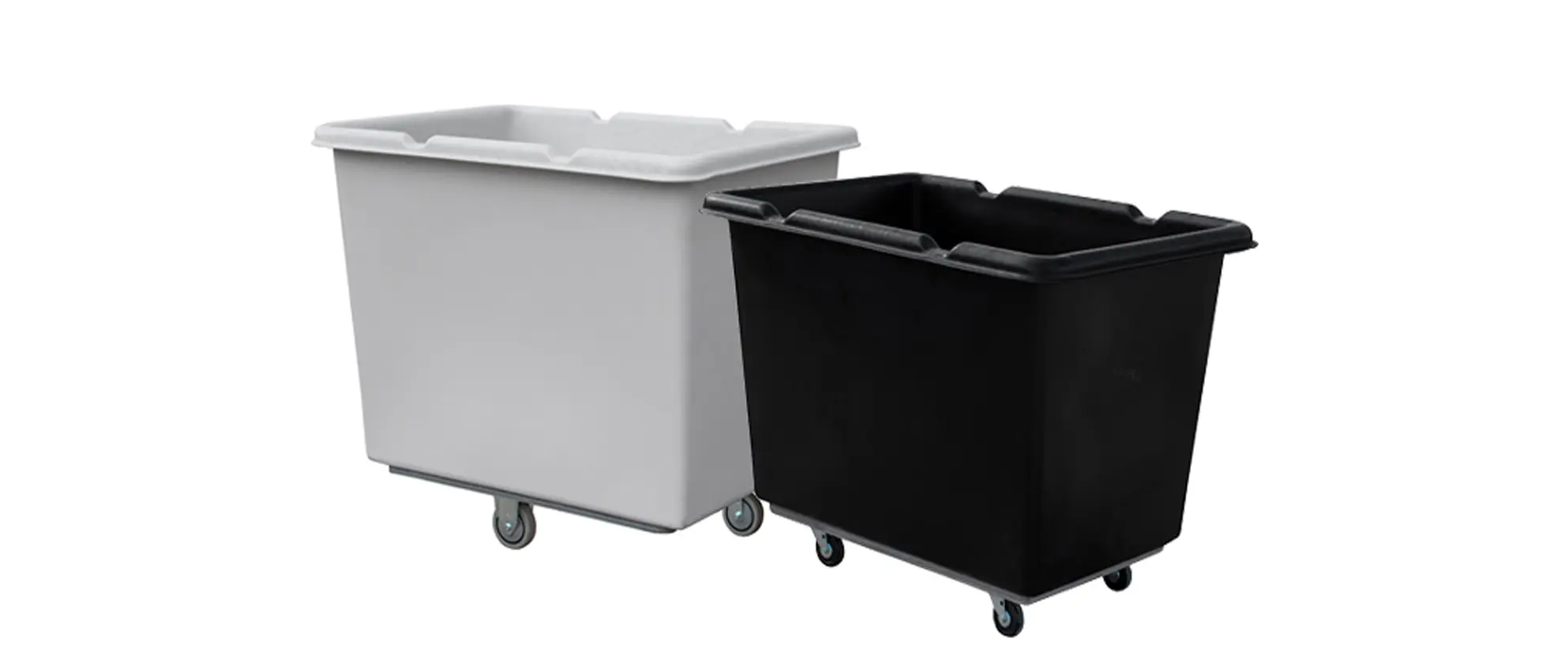




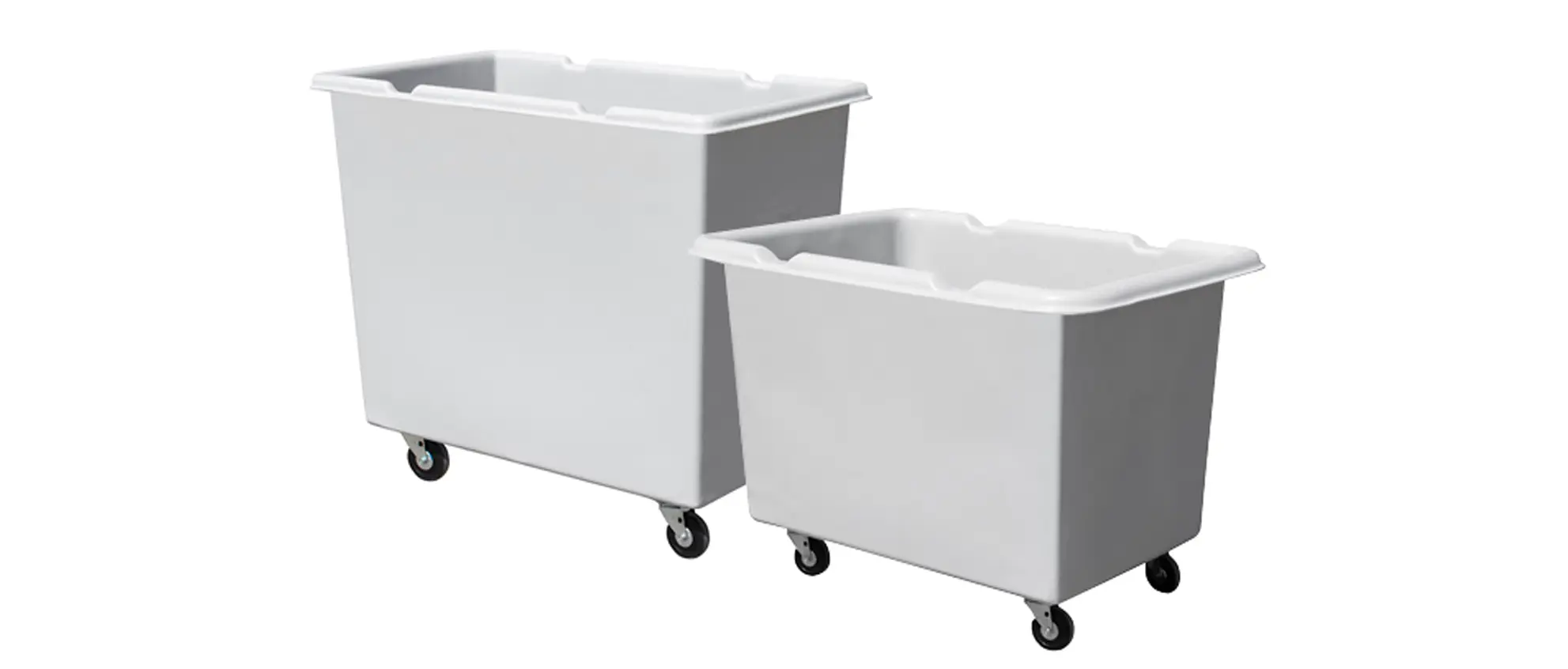


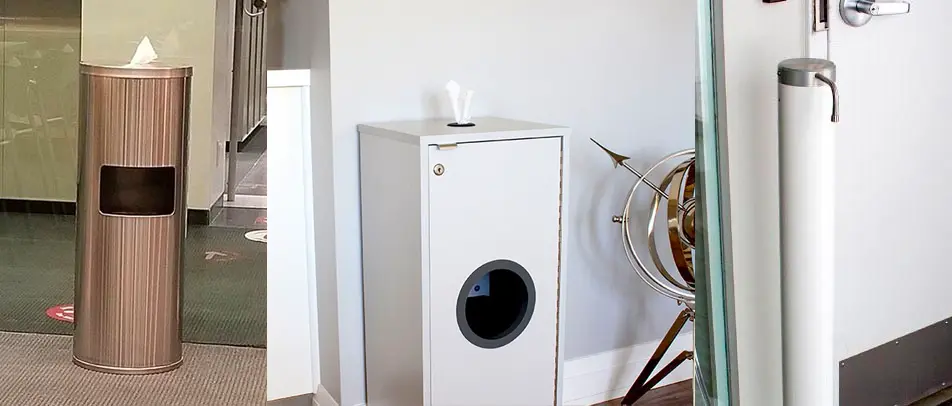
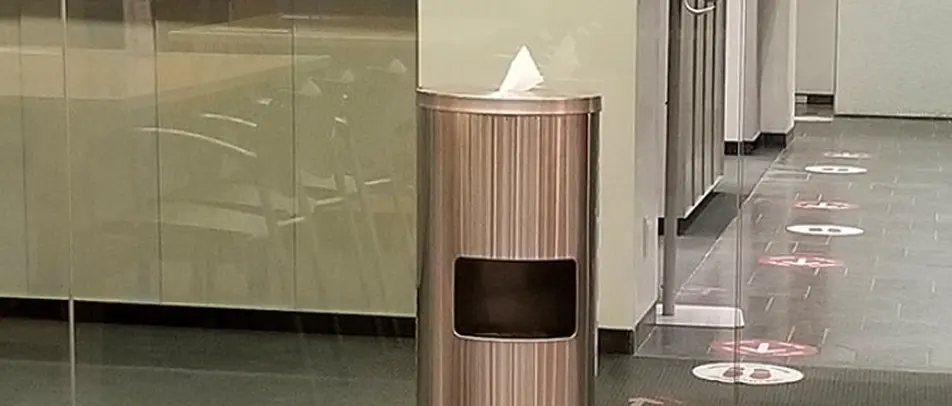
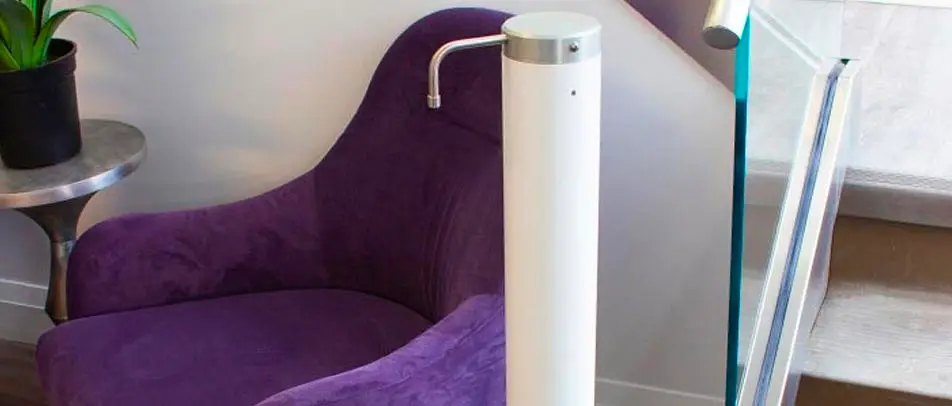

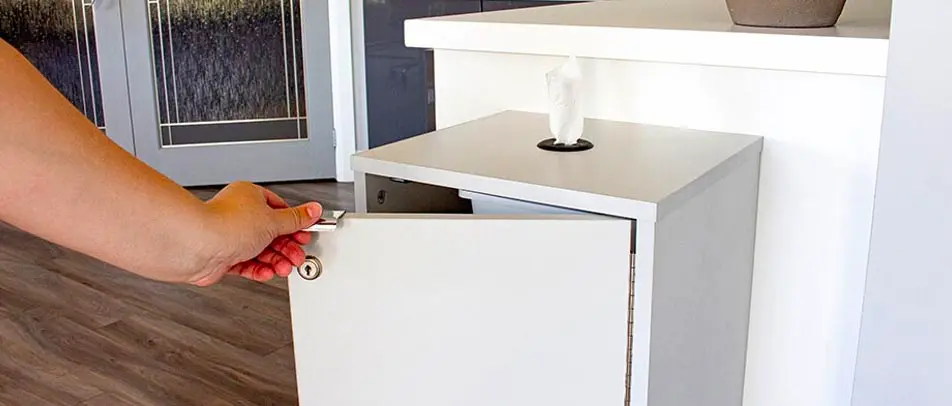
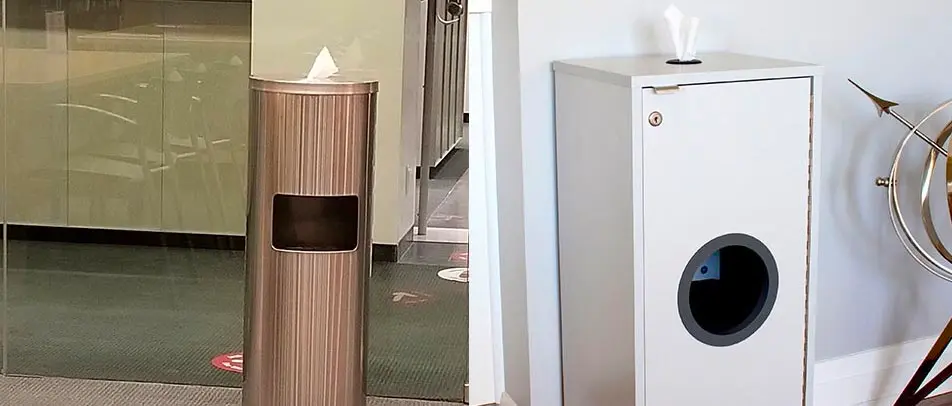


 Three Ways to Engage Teams and Clients to Maximize Your Recycling Program Engagement
Three Ways to Engage Teams and Clients to Maximize Your Recycling Program Engagement  How to Integrate Accessibility Into Your Sustainability Planning
How to Integrate Accessibility Into Your Sustainability Planning  Why Park Benches Can Promote Workplace Well-Being
Why Park Benches Can Promote Workplace Well-Being 
